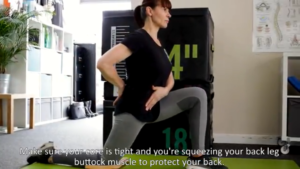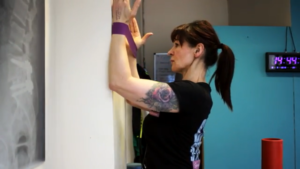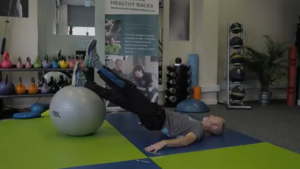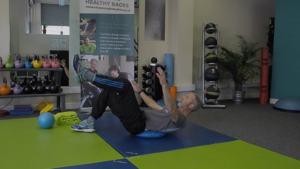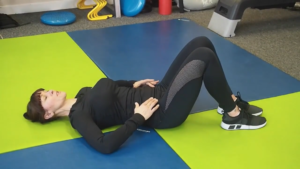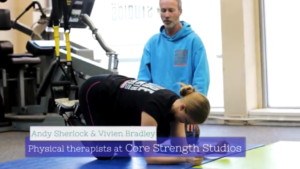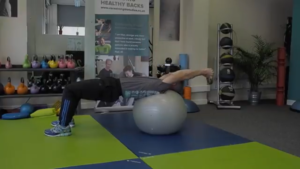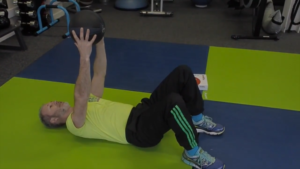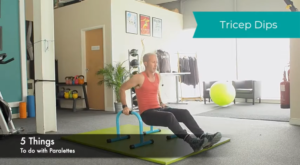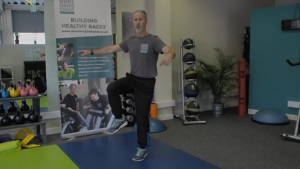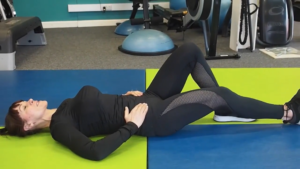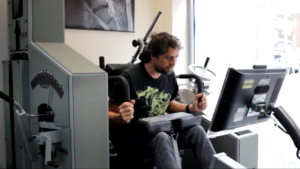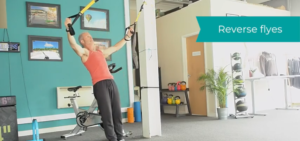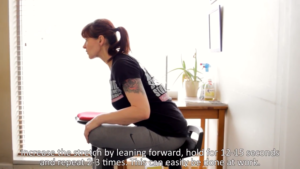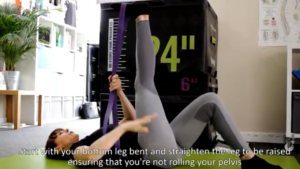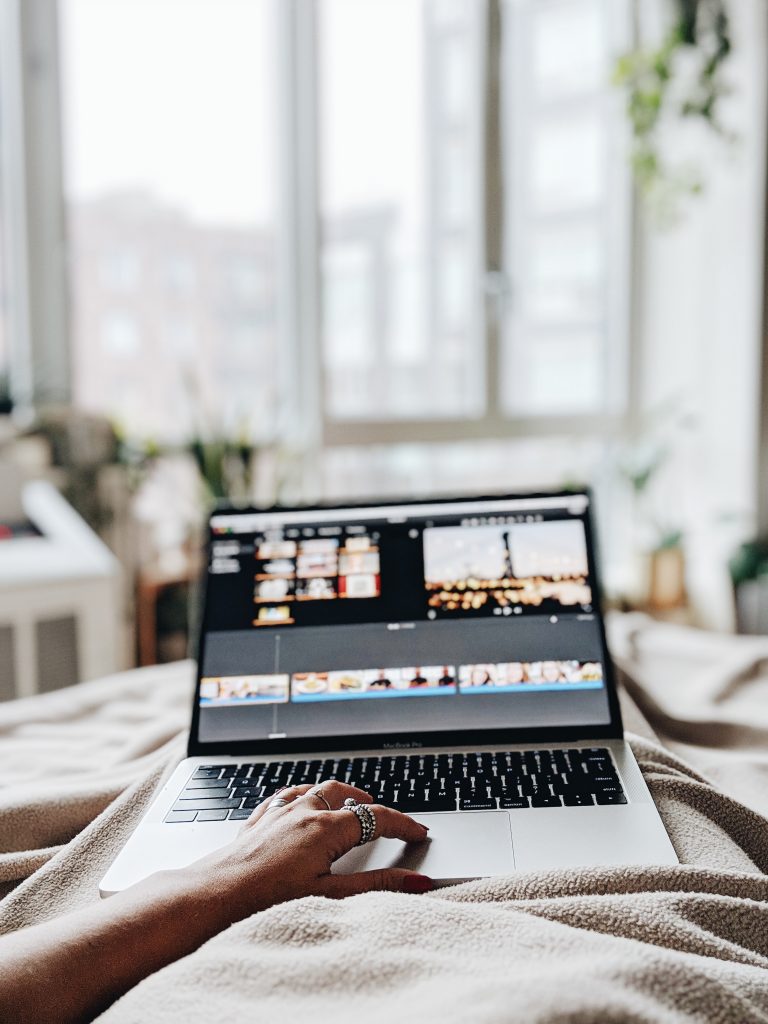
There’s nothing like a global pandemic to flip life on it’s head and throw you off your routine.
Whether you found yourself swapping the office for the kitchen table, work life for sofa life or suddenly becoming a teacher overnight, you’re not alone if you find yourself emerging from lockdown with more than just a well stocked supply of hand sanitiser and a new found respect for people working in education.
Stiff, achy backs seem to be a major symptom of our confinement over the last 3 months, with many complaining of an increase in pain as the months have gone on.
So why has lockdown caused such a problem for our backs?
Working from the sofa
Most of us were forced into home working, but as much as we enjoyed ditching the commute and only having to get dressed from the waist up for meetings, the lack of a traditional workstation is less than ideal from a postural point of view.
The optimum position for your screen is the top of the screen at eye level. If you don’t have a table at home to work at – or if like some it was taken over by the kids – then being forced to work from the sofa means you’re looking down at your laptop and probably also rounding forward in the process.
During prolonged periods, your spine is happiest when it’s in a neutral position – that is the natural ‘s’ shape – and it’s very difficult to maintain this for any period of time when sat on the sofa.
What happens instead is that you use muscles which aren’t used to being worked for that amount of time and they begin to fatigue as the hours progress, causing you pain and aching.
Sitting on a chair not designed for purpose
Office chairs are very different to dining chairs. They are designed to be sat in for hours and provide adequate cushioning and support, and also facilitate you working at the correct height for your desk.
Dining chairs, by contrast, tend to be harder with a straight back which offers no support and is quite often at an uncomfortable height for working at a computer at length.
The biggest complaint we’ve found is borne from people’s seating. Office chairs have been in short supply online as many rushed to retailers looking for a more comfortable solution.
Your chair should be at the necessary height to allow you to rest your forearms on the table with a 90 degree angle at your elbows, and for you to have your feet flat on the floor. If your feet aren’t flat on the floor, you can use a foot rest (or pile of books if you’re not that fancy) to raise them up.
Lots of people feel stiff and have limited movement when standing up after being seated for a while. Over time, when your kness are flexed closer to your chest, the muscles become accustomed to this position and adaptively shorten. Because many of the affected muscles are attached to your spine, you feel a stiffness as you stand up and they pull on the spine. You can help overcome this by correcting your posture and taking regular standing breaks.
The lack of cushioning on the seat of the chair can cause numbness or pinching as the nerves become compressed. Sit on a cushion, or invest in a cushioned disc to help ease the problem.
Weight gain
A all-too-easy-to-access supply of snacks and an inability to enjoy many active hobbies (and not to mention comfort eating) have casued 48% of people to gain weight during lockdown.
When excess fat is distributed around the mid-section, back pain may occur as a result of the added weight pulling the spine forward. This places additonal strain on the muscles needed to keep you upright and can also affect the discs between the bones in your spine as the accentualted curve in your back causes uneven pressure on them.
Sitting more
The lack of a regular 9-5 routine in the office can mean that it’s been easier to lose track of time and plough through until late in the evening. Before you know, you’ve put in more hours than you would have at the office and are feeling the strain – literally.
For some, not having the luxury of going out for meetings or lunch breaks means sitting without a break for much longer than normal and finding your back seizing up more regualrly.
As much as we all love a Netflix binge – and let’s face it, if you’ve not been working, what else has there been to do? – long days on the sofa when you’re used to being up and about can play havoc with your posture and cause an imbalance in your muscles.
This is an easy one to combat – more breaks, more walking around and incorporating some stretches into your day. Yoga has proved useful for some in this position.
Exercise you’re not used to
As the gyms, golf courses and sports clubs closed, we’ve had to find new ways to keep fit. Walking and jogging have proved very popular as some of the only things we’ve been able to do to keep active.
Both can be fantastic for helping keep our backs strong and moving freely, but if not used it, you could find that the new demands placed on your postural muscles can cause them to fatigue quickly as they try to keep up with your new regime.
Scale it back a notch if you find your back aching and build back up slowly to allow your muscles to catch up, and try some core strength exercises to help them along.
If you are coming out of lockdown with back pain and would like to speak to a specialist about moving more freely and getting back to being pain-free, please complete the form below to register for a complimentary consultation. Once submitted, we’ll be in touch to book your session.
Claim your complimentary consultation


